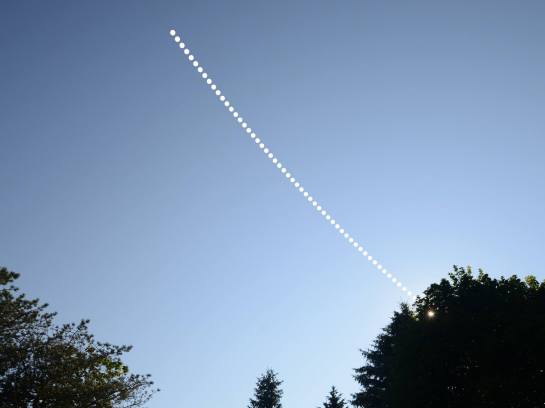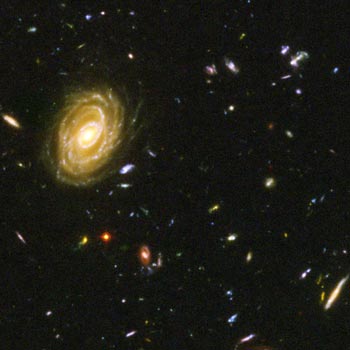One of the grandest spectacles in astronomy is a total solar eclipse. On 21 August 2017 there’s going to be a stunning event, as the shadow of the moon sweeps over the continental USA from west to east. I’ve recently seen suggestions that this might be the most photographed event in history (to date) when it happens. I’ll be in there too, dear readers, making plans for many months about the chance to photograph this spectacle. The next one that will be visible over the North American continent will take place on 8 April 2014.

Alan Dyer’s ebook on the 21 August 2017 eclipse is highly recommended. You can get your own copy here: http://www.amazingsky.com/eclipsebook.html
A total solar eclipse is, of course, a transient event in which the moon passes directly in front of the sun from the perspective of some location on earth. Because of the coincidence of the similar relative sizes of the sun and moon as viewed from earth, the moon can just about block out the central disk of the sun. A total eclipse, as the name suggests, brings the sun, moon, and earth into alignment. A partial solar eclipse consists of part of the sun’s disk being blocked.
The 21 August event will be a partial solar eclipse in southern Ontario. For observers in a band a few kilometers across running from the west to the east coast of the USA it will be total.
Preparation for watching an eclipse is a must. Not only should anyone wanting to take this in be prepared from the perspective of observation itself, safety is a crucial concern. Although the disk of the sun is blocked by the moon during these events, the sun is still producing a great deal of UV radiation from the corona, the tenuous outer layers of the sun’s atmosphere. Always wear appropriate eye protection during these events, or observe indirectly, such as with a pinhole camera you make make from a simple cardboard box. For safe eclipse observing ideas, see: https://www.space.com/35555-total-solar-eclipse-safety-tips.html
In preparation I’ve been sorting out gear, trying things, and reading up. I highly recommend Alan Dyer’s comprehensive e-book on photography of this specific event. I’m planning on using several cameras to capture different aspects of the eclipse. At least one will be running interval photos that can later be stacked to produce this sort of effect:

A three hour sequence of solar photographs taken at the home base of the Pine River Observatory, at Lurgan Beach, Ontario on 29 August 2017. A Nikon D7000 digital camera was set up to take photos every 30 seconds, and was equipped with a Mylar solar filter and a wide-angle lens. Every sixth resulting photo was then stacked with StarStaX. The last photo, with the sun in the trees, was taken without the solar filter. It forms a background for the otherwise rather dull individual photos of the sun.
Another camera will be set up with a long telephoto lens and a Mylar solar filter. I am not quite sure yet whether or not I will set up any camera on a telescope mount to track the sun – as this trip requires some travel, lugging such things around is always complicated.
If you are able to take images of the eclipse, consider submitting them to SkyNews Magazine, Canada’s own astronomy magazine. They’re holding a contest for the best solar eclipse photo: http://www.skynews.ca/solareclipsecontest/
Safe observing!
Copyright 2017 David Galbraith







